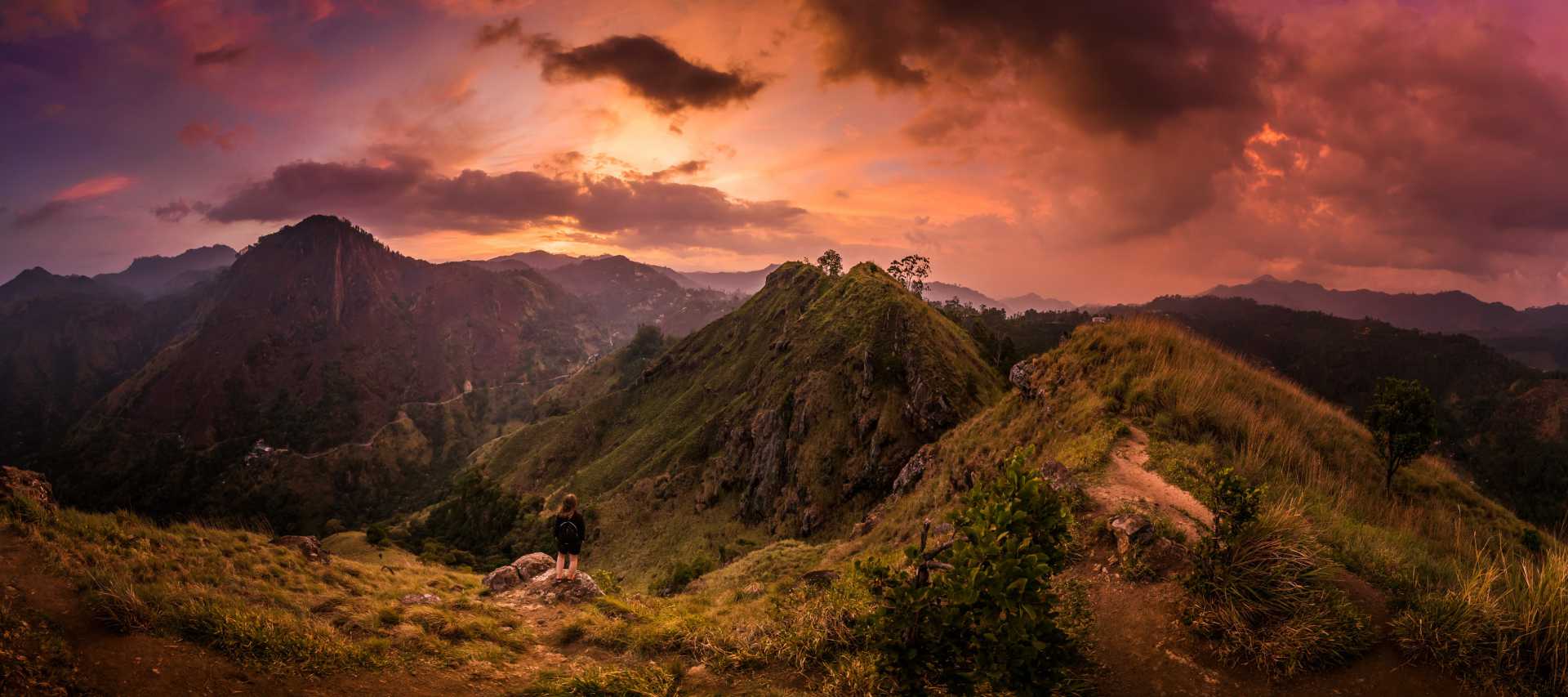Walk safely…
Follow these safe walking tips for a safe hill and mountain walking holiday:
Preparation: Planning is the key to safety. Always wear adequate clothing and footwear for the expected weather, the time of year, and the type of walk you are planning. Always carry a map, food and water, a small first aid kit, a torch and a whistle. Take enough drinks with you – you will need more than you might expect to avoid dehydration. If you plan to stop at a mountain hut, check that it will be open.
Avoid walking in extreme weather conditions. Never rely on mobile phone coverage for rescue.
We recommend you allow plenty of time for the walk and please leave details of your planned walk with hotel staff (and let them know later that you have returned safely). Make sure you check the weather forecast and plan accordingly. Know what time it gets dark and plan to finish your walk well before that. Choose a walk that suits everybody in your group.
During the walk: Keep your map to hand and use it to keep track of where you are. Walking routes in Germany, Austria, Switzerland, Italy’s South Tyrol and the Dolomites are usually very well marked, with regular paint splashes on rocks and trees. In alpine regions, signposts at path junctions very often show the estimated time to a major landmark or a mountain hut. If in a group, stay together and watch out for each other. Always ensure children are closely supervised during a walk.
In spring, summer and autumn, you should be prepared to encounter uneven ground, sometimes wet terrain and even occasional snow patches. Trail conditions can vary considerably; from wide forest tracks and clear paths on lower grassy mountain slopes to rocky sections higher up where a bit more care and effort may be needed.
Always keep to marked trails!
Snow Holidays: A little thought is required to keep safe and comfortable in the colder weather. Remember that the days are shorter in winter. Always use common sense and enjoyment is guaranteed!
If something goes wrong: If you think you are lost, then stop, think, don’t rush. Study the map and try to work out your location. You may need to return to your last known point and start again or even retrace your steps back to the starting point.
If you need help in an emergency give a signal (blow whistle / flash torch) 6 times per minute. Wait a minute, then repeat.
Most areas have a mountain emergency telephone number or you can use the European emergency number: 112.
Clothing & Footwear
Having the right clothing for the activity you are doing goes a long way to ensuring maximum enjoyment and hill walking safety. It will enable you to make the best of your walking holiday – even if on some days the weather may be less than perfect.
A good-quality base layer is essential. Base layers will wick warmth-sapping moisture from your skin to the outer fabric where it can evaporate. They keep you comfortable and warm – unlike cotton, which does not wick at all. Layering makes sense – it’s flexible and the most efficient way to keep warm and dry in the outdoors. You can simply add or take off thin layers as body temperature and weather dictates. We recommend you have windproof and highly breathable outer garments (hooded jacket and trousers). Always bring waterproof overtrousers and check that they have a zip at the bottom of the legs so that you can put them on without taking your boots off.
Do not wear denim jeans as they easily retain water, which makes them cold and heavy.
Comfortable, well-broken-in walking boots are indispensable. We recommend boots that come above your ankles since these will provide valuable support on uneven terrain. When choosing a pair, spend some time ensuring a good fit; try to buy boots from a shop specialising in outdoor equipment, as shoe shops may not have what you need, nor the knowledge to advise. Wherever possible, try on your boots with the socks you are likely to be wearing with them, and remember that every pair of new boots or stout walking shoes need breaking in. For winter walking and snowshoeing you must have good waterproof walking boots, preferably leather and with a fairly stiff sole, and we highly recommend water-proof gaiters.
Hats, gloves and the rest… Look for windproof gloves and always take spares. Buy good-quality socks and don’t take old or worn ones. You should take a lightweight daypack for a spare fleece, personals, first aid kit, drinks and snacks. Suncream is an absolute essential too, and take good-quality sunglasses, and sun-block for your lips.
Walking poles are advised.
Outdoor Ethics
• Be considerate to all who live in, work and visit the countryside.
• Protect wildlife, water sources, plants and trees. Do not pick any wild flowers.
• Take your litter home. “If you bring it in – take it out!”
• Guard against all risk of fire.
• Avoid making unnecessary noise.

